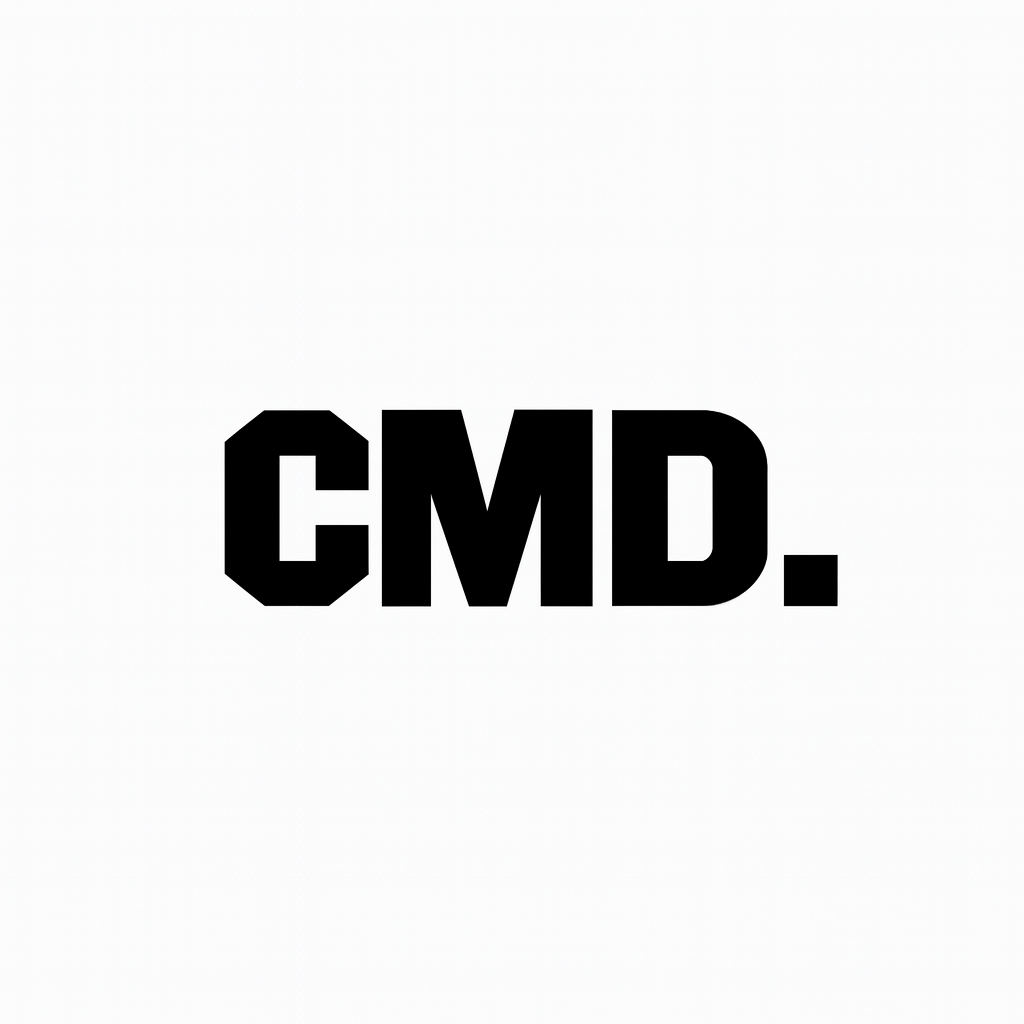THE MIDDLEMAN MARKUP KILLING DEVELOPER PRODUCTIVITY
Platform-as-a-Service providers charge 2x to 25x markups over direct cloud infrastructure while imposing severe technical limitations that force expensive migrations as companies scale.
SHOCKING MARKUP FINDINGS
Bandwidth Costs
$550/TB on Netlify vs $85/TB on AWS CloudFront
647% markup
Serverless Functions
Vercel's 166x markup for CPU time
$5/hour vs $0.03/hour on AWS
PAAS PROVIDERS RUN ON AWS AND GCP, THEN CHARGE MASSIVE PREMIUMS
The infrastructure reality behind PaaS platforms reveals a simple business model: rent cloud resources, add minimal management layers, and charge substantial markups.
HEROKU
• Runs entirely on AWS infrastructure
• Uses Amazon EKS and AWS Graviton processors
• Postgres Standard-0: $50/month vs AWS RDS $20/month
250% markup
VERCEL
• Leverages AWS Lambda for serverless
• Charges $0.18/GB-hour vs AWS $0.048/GB-hour
375% markup
RENDER
• Built on AWS and Google Cloud
• Uses Kubernetes with no cluster access
• Redis Pro: $135/month vs AWS ElastiCache $21.90/month
516% markup
PLATFORM.SH
• Abstracts AWS, Azure, GCP, OVHcloud
• Estimated 300-500% premium
• Refuses transparent pricing
Requires custom quotes
PRICING FOR STANDARD WORKLOADS REVEALS THE TRUE COST
Standard Production Workload
2 vCPUs, 4GB RAM, PostgreSQL database, Redis cache
| Platform | Monthly Cost | vs AWS |
|---|---|---|
| AWS (Reserved) | $45.50 | Baseline |
| Railway | $211.50 | +366% |
| Render | $307.00 | +575% |
| Vercel | $110-210 | +142-362% |
| Platform.sh | $300-400 | +559-779% |
BANDWIDTH BILL SHOCK
One Netlify user received a $104,000 bill for 190TB of DDoS traffic from a 3MB MP3 file.
Both Vercel and Netlify charge $550/TB vs AWS CloudFront's $85/TB
The charge was eventually waived after viral criticism
TECHNICAL LIMITATIONS COMPOUND THE COST PROBLEM
PERFORMANCE ISSUES
• Cold starts: Render 25-60 second delays
• Sleep mode: Railway services sleep after 10 minutes
• Memory limits: Heroku's rigid dyno architecture
DATABASE LIMITATIONS
• Checkly migrated from Heroku: Couldn't upgrade PostgreSQL 10→13
• Platform.sh: 8GB build container limits
• Fly.io: "Not fully managed" Postgres
NETWORKING RESTRICTIONS
• Railway: IPv6-only private network
• DigitalOcean: No VPC connectivity
• Render: No Kubernetes cluster access
VENDOR LOCK-IN
• Vercel: Heavily optimized for Next.js only
• Netlify: Proprietary form handling and identity
• Platform.sh: Custom YAML configurations
COMPANIES CONSISTENTLY MIGRATE ONCE COSTS JUSTIFY ENGINEERS
THE MIGRATION PATTERN
Companies start on PaaS for rapid development → hit cost/technical walls around $500-1000/month → migrate to direct cloud infrastructure achieving 40-60% immediate cost reductions
ADSTAGE MIGRATION
• Paying $10,000+ monthly extra on Heroku
• "Enough to justify an engineer working full-time on infrastructure"
• Used spot instances for 80% of fleet
• Achieved targeted cost savings + infrastructure control
CHECKLY MIGRATION
• 5-week migration project from Heroku to AWS
• Driven by PostgreSQL limitations
• Forced maintenance windows disrupted monitoring service
• Achieved database upgrades + infrastructure flexibility
ONIX CLIENT
• Reduced from $800/month on Heroku
• To $400/month on AWS
• 50% cost reduction
• Through direct cloud access + optimization
ECONOMIC TIPPING POINT
• When PaaS costs exceed "one engineer's salary worth"
• 40-60% immediate reductions post-migration
• Additional 20-30% through optimization
• Accelerated by Heroku's free tier elimination
THE MOST EGREGIOUS MARKUPS
VERCEL CPU TIME
16,667%
$5/hour vs $0.03/hour AWS
NETLIFY FUNCTIONS
6,250%
$25 vs $0.40 per 2M invocations
HEROKU PERFORMANCE-M
833%
$250 vs $30 for equivalent AWS
HIDDEN COSTS AMPLIFY THE PAIN
• Team seat fees: $10-29/user/month
• Build minutes: $50-200/month extra
• Support costs: $100-500/month minimum
• Image optimization: $5 per 1,000 transforms
THE CmdCloud SOLUTION
Platform-as-a-Service providers fundamentally operate as expensive middlemen, extracting 2x to 25x premiums while imposing technical limitations that eventually force costly migrations.
CmdCloud's value proposition of "Infrastructure in seconds, not sprints" with direct cloud provider access at true cost directly addresses this market failure by eliminating the middleman markup while maintaining developer productivity.
The evidence is clear:
With bandwidth markups reaching 647%, function execution premiums hitting 16,667%, and basic compute costing 8x more than direct cloud resources, developers need infrastructure solutions that provide automation without the artificial constraints and premium pricing of traditional PaaS providers.
RESEARCH CITATIONS & SOURCES
PRICING & COST COMPARISONS
AWS ElastiCache Pricing
aws.amazon.com/elasticache/pricing/Redis cache.t4g.micro at $0.016/hour ($11.68/month)
Railway Pricing
railway.com/pricingUsage-based pricing at $0.000463/GB/hour memory, $0.000231/vCPU/hour
Vercel Function Pricing
vercel.com/docs/functions/usage-and-pricing$0.18 per GB-hour for functions, $5/hour for CPU time
EC2 Instance Pricing (t3.medium)
t3.medium at $0.0416/hour ($30.37/month)
INFRASTRUCTURE & CLOUD PROVIDER ANALYSIS
Vercel AWS Partnership
vercel.com/blog/aws-and-vercel-accelerating-innovation-with-serverless-computingdev.to/peibolsang/how-vercel-is-changing-the-cloud-game-fme
Vercel runs on AWS Lambda and AWS infrastructure
Netlify Multi-Cloud Infrastructure
netlify.com/blog/2018/05/14/how-netlify-migrated-to-a-fully-multi-cloud-infrastructure/Netlify uses AWS, Google Cloud, and multi-cloud setup
Railway Infrastructure
docs.railway.com/reference/app-sleepingblog.railway.com/p/launch-week-01-scale-to-zerodocs.railway.com/guides/private-networking
Railway runs on GCP, apps sleep after 10 minutes, IPv6-only private networking
Fly.io Infrastructure Review
dev.to/fllstck/easy-serverless-containers-with-fly-io-1lklengineering.deptagency.com/our-experience-with-fly-io
Fly.io uses bare metal servers with Firecracker microVMs
MIGRATION CASE STUDIES
Checkly: Heroku to AWS Migration
checklyhq.com/blog/heroku-to-aws-migration/5-week migration, PostgreSQL version limitations on Heroku, cost savings
AdStage: Heroku to AWS Migration
medium.com/adstage-engineering/migrating-from-heroku-to-aws-our-story-80084d31025e$10,000+ monthly savings, infrastructure as biggest constraint, 40-60% cost reduction
Onix Client Migration Case
onix-systems.com/application-migration-from-heroku-to-aws-case-study$800 to $400/month cost reduction (50% savings)
PLATFORM COMPARISONS & ANALYSIS
Heroku vs AWS Comparisons
cloudzero.com/blog/heroku-vs-aws/usenimbus.com/post/migrate-from-heroku-to-awssumatosoft.com/blog/heroku-vs-aws-which-cloud-hosting-to-chooseupguard.com/blog/heroku-ec2blog.back4app.com/ec2-vs-heroku/porter.run/blog/heroku-vs-aws
Heroku runs on AWS, 2-10x pricing premiums, migration patterns
DigitalOcean vs AWS
digitalocean.com/resources/articles/digitalocean-vs-awslightsailcloudzero.com/blog/digitalocean-vs-aws/blog.back4app.com/digital-ocean-vs-heroku/
DigitalOcean App Platform pricing premiums over Droplets
Vercel vs AWS
joinsecret.com/compare/vercel-vs-aws-activateVercel's AWS dependency and pricing markups
Reserved Instance Pricing Comparison
techtarget.com/searchcloudcomputing/tip/Compare-reserved-instances-pricing-for-AWS-Azure-and-GCPDirect cloud cost baselines for comparison
Multi-Platform Comparison
blog.back4app.com/aws-vs-heroku-vs-digitalocean/Comprehensive pricing and feature comparisons across platforms
NOTABLE INCIDENTS & ISSUES
Netlify $104,000 Bill Incident
User charged $104k for 190TB bandwidth from DDoS attack
Vercel Pricing Criticism
Vercel's extreme markups over AWS Lambda
Netlify Pricing Analysis
withorb.com/blog/netlify-pricing$550/TB bandwidth charges, pricing structure breakdown
Heroku Alternatives Lists
qovery.com/blog/heroku-discontinue-their-free-tier---what-are-the-top-3-best-alternatives/qovery.com/blog/best-heroku-alternatives/
Migration acceleration after Heroku free tier elimination
COMPREHENSIVE RESEARCH METHODOLOGY
This analysis is based on publicly available pricing data, migration case studies, infrastructure documentation, and incident reports from leading PaaS providers and cloud infrastructure companies. All pricing comparisons use current published rates and equivalent resource specifications for accurate cost analysis.
